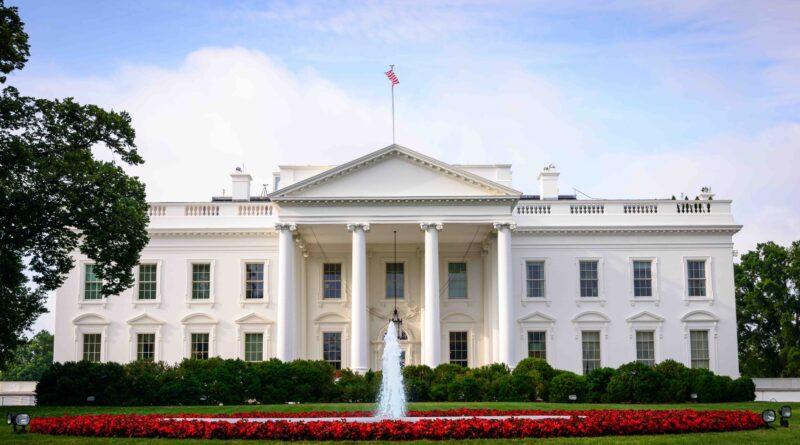The Key Bridge Disaster Is a Wake-Up Call for US Infrastructure
President Biden paid a visit to the scene of the collapsed Francis Scott Key Bridge in Baltimore last Friday, expressing sorrow for the six workers who lost their lives in the tragedy. The aftermath of the accident, described as a “mangled mess,” carries substantial economic implications extending beyond the bridge’s immediate vicinity. It underscores the urgent need to fortify all bridges and marine infrastructure against similar collisions. The reconstruction of the Key Bridge presents an opportunity to elevate American infrastructure development to international benchmarks by fostering improved collaboration between public and private entities.
According to AEI, the core of such cooperation is a long-term contract between the public and private sectors known broadly as a “public-private partnership” or PPP. The success of public-private partnerships in building, operating and maintaining all areas of infrastructure can be seen all over the country; and the future of PPP starts with improving public policy, including assessing standards.
The central aspect of a PPP is that it bundles or “wraps” the design and construction of a piece of infrastructure together with its operation and maintenance over the long term, such as 25 or 30 years. A PPP might also include private-sector financing to cover the new bridge’s substantial design and construction costs. Because the Key Bridge featured all-electronic tolling, a user-fee funding source already exists to help pay for the new bridge over time. This means that the new bridge can be delivered quickly under a “toll concession” agreement.

